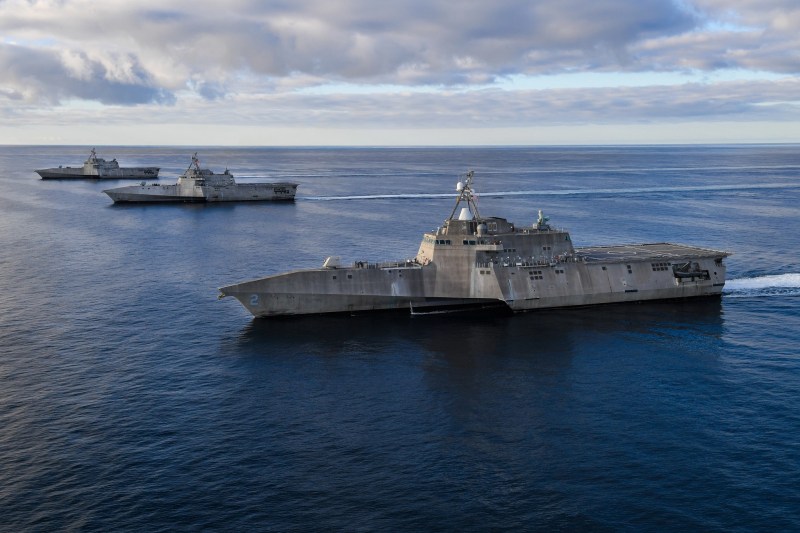To say that the US Navy's shipbuilding planning has been chaotic over the past 20 years would be an understatement. Between the aborted or more than disappointing programs like the Zumwalt destroyers and the Littoral Combat Ship, a budget in slight progression, and in the face of an extraordinary Chinese effort of efficiency and the rebirth of Russian naval construction, it is true that the naval supremacy of the American navy, still considered a few years ago as irremovable, makes now facing challenges not seen since the end of the Second World War. In addition, the American shipyards themselves are now widely criticized for their constantly rising costs, their deadlines that are rarely met, and for certain more than restrictive quality problems, even going so far as to cause the early withdrawal of brand new ships even that the number of combat ships available has once again become a strategic issue.
After years of wanderings largely conditioned by political contests between the White House and Congress, the US Navy has obviously decided to no longer absorb the consequences of these oppositions, but to put the executive as the legislator in the face of reality, even if it means thickening the line beyond what is reasonable. Thus, after presenting three naval industrial planning programs structured to leave little choice to American elected officials, it is the turn of its Chief of Staff, Admiral Mike Gilday, to clearly present the alternatives and consequences of the political and industrial procrastination that have handicapped its development these last years. Facing the US Senate Armed Forces Committee, the officer announced that the US Navy was no longer able to respond simultaneously to two major commitments, if it had to counter the Chinese fleet at the same time in the Pacific, and the Russian fleet in the Atlantic Ocean and in Europe. At best, he says, the American fleet can engage on one front and contain the second, but in no case impose itself on both in parallel.

If the statements of the Chief of Staff of the US Navy constitute a harsh reality check addressed to the American senators, they are not a surprise. Indeed, over the past ten years, Beijing has considerably developed its naval capabilities, now fielding more than 350 combat ships within the Naval Forces of the People's Liberation Army, while the US Navy has none today. today, only 298, and this number is expected to decrease in the years to come. Admittedly, in terms of tonnage, firepower and training, the US Navy still clearly outclasses its Chinese adversary, fielding 5 times more aircraft carriers and assault ships, 3 times more destroyers and cruisers, and 4 times more nuclear attack submarines than Beijing. However, the Chinese fleet has structured itself in a very coherent way to meet the hypotheses of engagement in the Western Pacific and in the Indian Ocean, with numerous frigates and corvettes, as well as a large fleet of submarines at conventional propulsion perfectly adapted to this use. In addition, this will continue to grow rapidly, with 65 new ships expected in the next 4 years, and an estimated size of more than 450 ships by 2030, including many destroyers, nuclear submarines and probably two new heavy aircraft carriers.

75% of this article remains to read,
Subscribe to access it!
The Classic subscriptions provide access to
articles in their full version, and without advertising,
from 6,90 €.
Newsletter subscription
Register for the Meta-Defense Newsletter to receive the
latest fashion articles daily or weekly


[…] […]